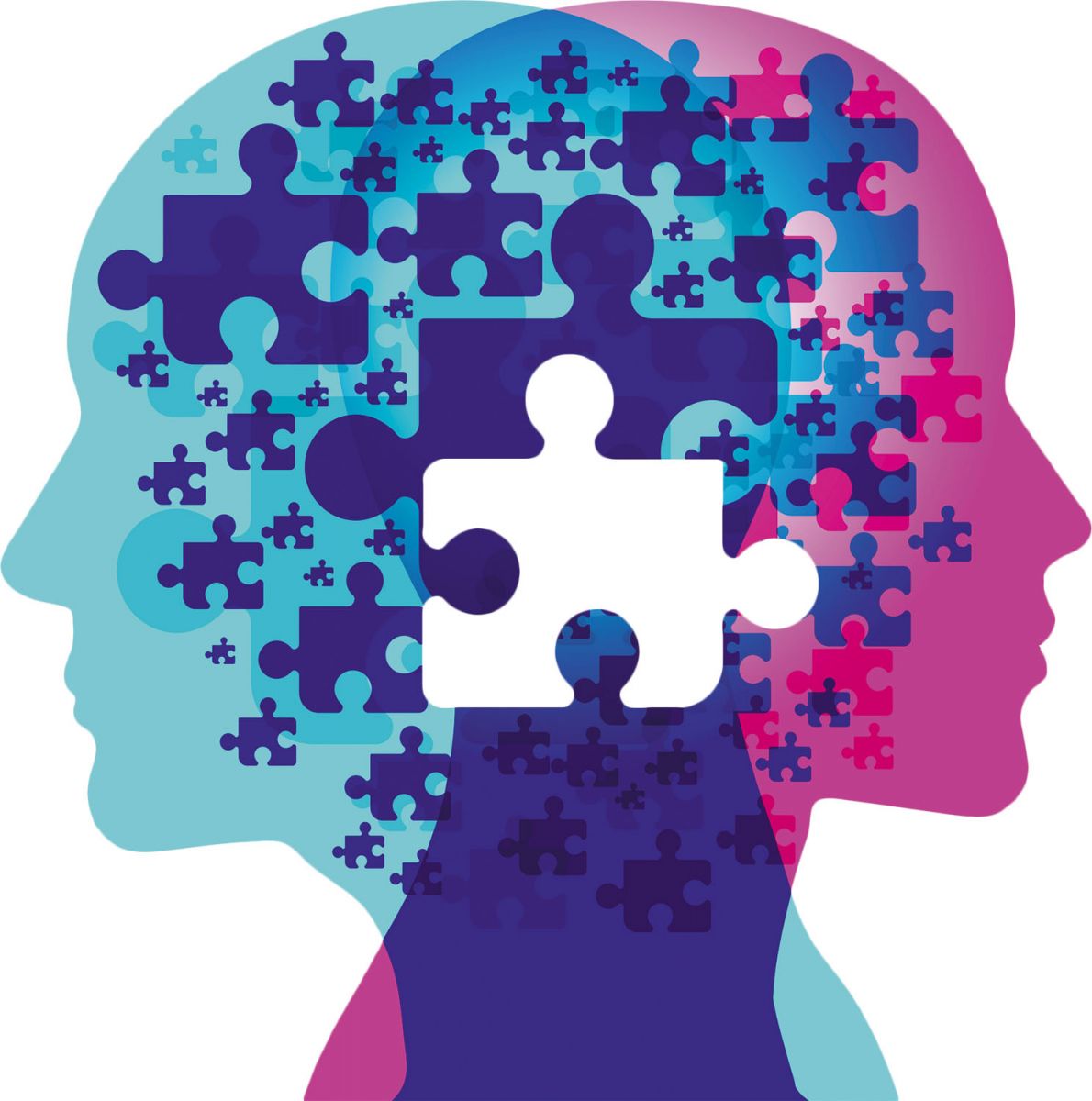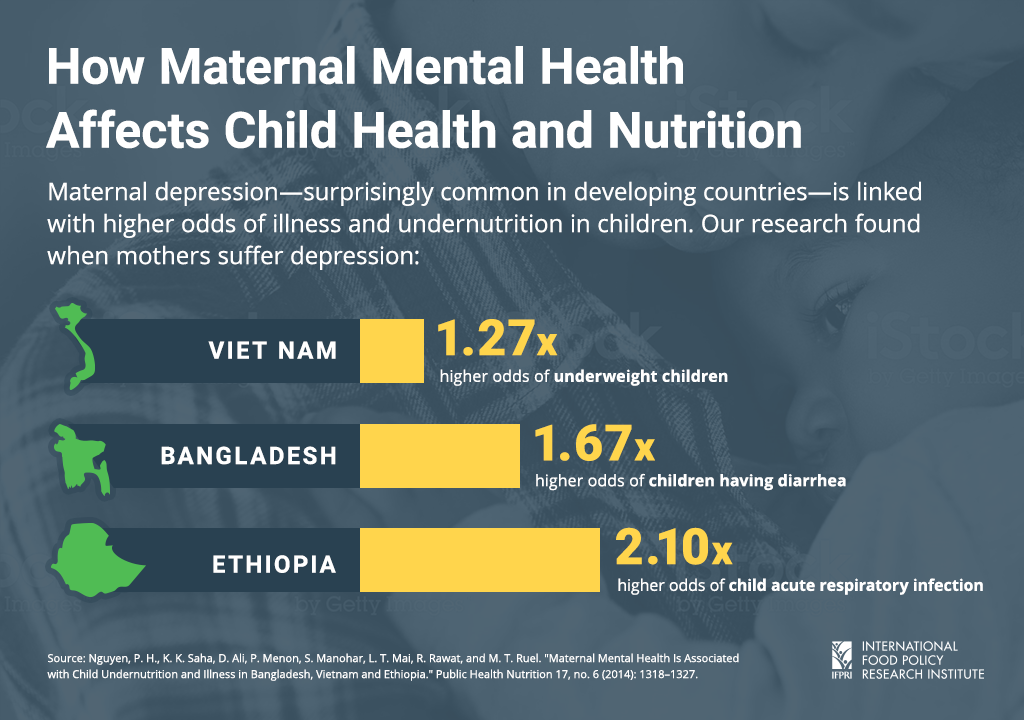It likewise could be related to the blue color of the daytime sky. Blue light likewise takes place to be the kind of light released by our Televisions, computers, smart devices, and tablets. With our evening work habits, as well as evenings spent viewing TV or utilizing computers, we're exposed to more blue light later on in the day than ever previously.
Many gadgets https://transformationstreatment1.blogspot.com/2020/08/substance-abuse-treatment-in-south.html include settings or third-party apps that can obstruct the blue wavelength of light to decrease their results on their natural sleep cycles, or body clocks. Some eyeglasses manufacturers likewise are producing glasses or goggles that filter blue light. Some patients discover relief from sleep disorders by taking a melatonin supplement in the night to jump-start the brain's release of the chemical melatonin, which prepares the body for sleep.
Taking melatonin too early or far too late can throw sleep patterns further out of positioning. Some clients succeed with antidepressant medications that likewise are sedatives that help them drop off to sleep at night. Other clients require aid remaining awake throughout the day, so we can provide stimulant medications if needed.
Get This Report about How Do Genes Affect Mental Illness Examples
For example, some anxiety medications can trigger weight gain. If a patient has actually put on weight and is snoring throughout sleep, we will examine the patient for sleep apnea and possibly treat that condition. If we don't address a client's sleep apnea, the client most likely is going to remain sleepy and continue to have issues with depression.

Non-rapid eye motion (NREM) sleep arousal conditions involve episodes of incomplete awakening from sleep, usually occurring throughout the first third of a significant sleep episode, and are accompanied by either sleepwalking or sleep horrors. The episodes trigger considerable distress or issues functioning. NREM sleep arousal disorders are most typical amongst kids and become less typical with increasing age.
While sleepwalking, the person has a blank, gazing face; is fairly unresponsive to others; and is hard to get up. Almost 30% of individuals have experienced sleepwalking at a long time in their lives. Sleepwalking condition, with repeated episodes and distress or problems working, affects an estimated 1% to 5% of individuals.
How Can Mental Health Affect Physical Health Things To Know Before You Buy
During each episode, the individual experiences intense worry and associated physical signs such as fast breathing, sped up heart rate and sweating (how can homelessness affect mental health). The individual typically does not remember much of the dream and is unresponsive to efforts of others to comfort them. Sleep terrors are typical amongst very young childrenat 18 months of age about 37% of kids experience night horrors and at 30 months about 20% experience them.
Headache disorder includes repeated incidents of prolonged, stressful, and well-remembered dreams that normally include efforts to avoid dangers or risk. They usually happen in the 2nd half of a significant sleep episode. The headaches are generally prolonged, sophisticated, story-like series of dream images that appear genuine and trigger stress and anxiety, fear or distress - how does mental illness affect people.
The nightmares trigger substantial distress or issues operating. Headaches typically start in between ages 3 and 6 years but are most widespread and extreme in late teenage years or early adulthood. Rapid-eye-movement sleep (REM) sleep behavior condition involves episodes of arousal throughout sleep connected with speaking and/or movement (how does osteoporosis affect mental health). The individual's actions are frequently responses to occasions in the dream, such as being assaulted or attempting to leave a threatening situation.
About How Does Music Affect Your Mental Health
These habits may be a considerable issue for the individual and their bed partner and might result in substantial injury (such as falling, leaping, or flying out of bed; running, hitting, or kicking). Upon awakening, the person is right away alert and can frequently recall the dream. These habits occur throughout Rapid Eye Movement and usually happen more than 90 minutes after falling asleep.
Embarrassment about the episodes can cause problems in social relationships and can result in social seclusion or work-related problems. The prevalence of Rapid Eye Movement sleep habits condition is less than 1% in the basic population and it overwhelmingly impacts males older than 50. People with hypersomnolence condition are exceedingly sleepy even when getting at least 7 hours sleep.
Individuals with this disorder may have difficulty awakening in the morning, https://transformationstreatment1.blogspot.com/2020/08/delray-beach-substance-abuse-treatment.html in some cases appearing groggy, confused or combative (frequently referred to as sleep inertia). The drowsiness causes significant distress and can result in problems with functioning, such as problems with concentration and memory. The condition normally begins in late teens or early twenties but may not identified until many years later.
The Only Guide Go here for Climate Change And How It Will Affect Minnastas Mental Heath
Individuals with narcolepsy experience durations of an irrepressible need to sleep or lapsing into sleep several times within the very same day. Drowsiness generally takes place day-to-day however need to take place a minimum of three times a week for a minimum of three months for a diagnosis of narcolepsy. People with narcolepsy have episodes of cataplexy, quick unexpected loss of muscle tone set off by laughter or joking.
People are awake and conscious during cataplexy. Narcolepsy almost constantly arises from the loss of hypothalamic hypocretin (orexin)- producing cells. This deficiency in hypocretin can be evaluated through cerebrospinal fluid via a back leak (back tap). Narcolepsy is rare, impacting and estimated 0. 02% 0. 04% of the general population. It normally starts in youth, teenage years or young their adult years.
The urge to move the legs: starts or gets worse during periods of rest or lack of exercise; is partially or absolutely eased by movement; and is worse in the evening or during the night than during the day or takes place only at night or at night. The signs take place a minimum of three times weekly, continue for at least three months, and trigger considerable distress or problems in everyday performance.
The 10-Second Trick For How Does Music Affect People's Mental Health
Restless legs syndrome generally starts in an individual's teenagers or twenties and it affects an approximated 2% to 7. 2% of the population. With circadian rhythm sleep-wake disorders, an individual's sleep-wake rhythms (body clock) and the external light-darkness cycle end up being misaligned. This misalignment triggers substantial continuous sleep problems and severe drowsiness throughout the day causing substantial distress or problems with operating.
Prevalence of postponed sleep phase type (keeping up late and getting up late) in the basic population is around 0. 17% but estimated to be higher than 7% in adolescents. The estimated prevalence of innovative sleep phase type (going to sleep early and waking early) is approximately 1% in middle-age adults and it is more typical in older grownups.
